Did you know that on December 21, 2006 President Bush signed H.R. 1492 into law guaranteeing $38,000,000 in federal money to restore the Gila River relocation center along with nine other former Japanese internment camps?
As you can probably guess, it went a bit under the radar, as the NEW America Media reported in December 2006:
“WASHINGTON — Although no signing cermony was held, Japanese American historical and veterans’ groups secured $38 million for the preservation of World War II internment camps when President Bush officially signed HR 1492 into law on Dec. 21, announced by the Japanese American National Heritage Coalition. The National Park Service will adminster the funds in the form of grants for historical renovation and research, reports the San Francisco newspaper Hokubei Mainichi. The sites include the 10 camps operated by the War Relocation authority: Manzanar and Tule Lake in California, Poston and Gila River in Arizona, Rohwer and Jerome in Arkansas, Topaz in Utah, Minidoka in Idaho, Amache in Colorado, Heart Mountain in Wyoming.”
First of all , do any of the readers live NEAR any of these site? If you do , please contact our research team at info@thetruthdenied.com and put : Response to Article # 712
So let’s begin with Concentration Camp locations In America
Click Here FEMA CAMP LOCATIONS IN AMERICA
For informative videos click here
Here is a bit of history on internment camps (in the USA) that you may not be old enough to remember, and you certainly were not taught this in school. I do however remember being taught this information, being born and raised in Honolulu, Hawaii which is the home to the Pearl Harbor attack by the Japanese on December 7, 1941. The state of Hawaii honors this day in Memory of those who died in this tragic war, especially those who were aboard the USS Arizona.
“Arizona was moored in Pearl Harbor’s “Battleship Row” on the morning of 7 December 1941, when Japanese carrier aircraft attacked. She was hit by several bombs, one of which penetrated her forecastle and detonated her forward ammunition magazines. The resulting massive explosion totally wrecked the ship’s forward hull, collapsing her forward superstructure and causing her to sink, with the loss of over 1100 of her crewmen. In the following months, much of her armament and topside structure was removed, with the two after triple 14″ gun turrets being transferred to the Army emplacement as coast defense batteries on Oahu.”
“The wrecked battleship’s hull remained where she sank, a tomb for many of those lost with her. In 1950, she began to be used as a site for memorial ceremonies, and, in the early 1960s a handsome memorial structure was constructed over her midships hull. This USS Arizona Memorial, operated by the National Park Service, is a permanent shrine to those Americans who lost their lives in the attack on Pearl Harbor .”
At left, men on the stern of USS Tennessee(BB-43) are playing fire hoseson the water to force burning oil away from their ship
Official U.S. Navy Photograph, National Archives Collection.Online Image: 115KB; 740 x 610Reproductions may available at National Archives photographic reproduction as Photo # 428-N-1067058.
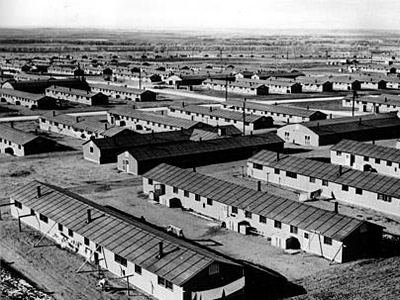
- NDAA Passed December 31st, 2011 by President Obama
- REPORTING the truth via Media Monitoring Initiative signed in November 2011
- CISPA: https://www.thetruthdenied.com/news/2012/04/06/cispa-the-cyber-intrusive-secret-perilous-act/
So let’s begin with Concentration Camp locations In America
Again Click Here FEMA CAMP LOCATIONS IN AMERICA
Please stay tuned for Part 2 of the series FEMA CAMPS in AMERICA and visit our videos here : THE TRUTH DENIED

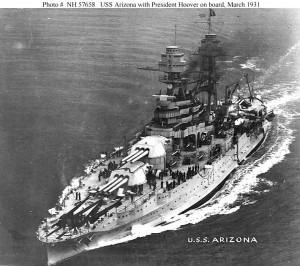

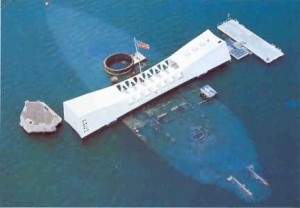
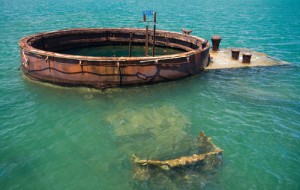
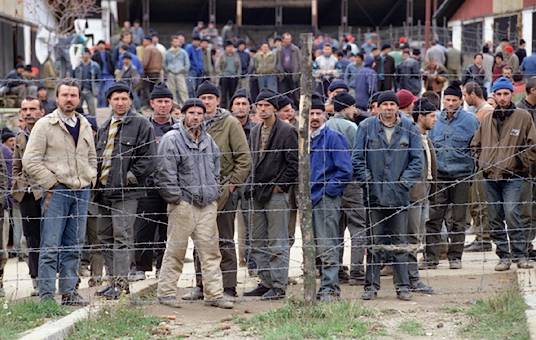
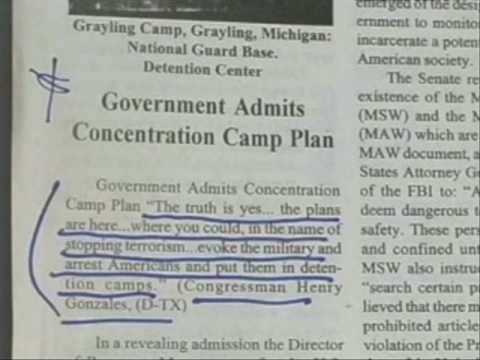

Wow, America is run by people who worship satan, that’s for sure.
Here you go Trinity. This PDF Document will compliment your article here. This is the Army’s own Internment and Resettlement Operations Manual that was leaked, in its entirety. The powers that be are not happy that it was leaked.
http://info.publicintelligence.net/USArmy-InternmentResettlement.pdf
The camps listed for Idaho are bogus. There isn’t anything there.
Actually you are most uniformed ANOUNEMOUSE Camp Minidoka was located near Hunt, Idaho, 20 miles northeast of Twin Falls. In August 1942 the government began transporting Japanese-Americans to the camp via train. Most Minidoka residents came from Seattle and Portland and were given notice only one week before being forced to move. Ten thousand people (making Minidoka Idaho’s eighth largest city) were interned in tar-paper barracks that had no insulation, running water, or interior walls, and that were heated by coal-burning stoves. Barbed wire, guard towers, armed guards, and watch dogs secured the 950 acre site.
http://universityofarizona.worldcat.org.ezproxy1.library.arizona.edu/title/wase-time-a-teens-memoirs-of-gila-river-internment-camp-days/oclc/62894288&referer=brief_results
http://www.flyingsnail.com/Dahbud/femaconcentrationcamps.html